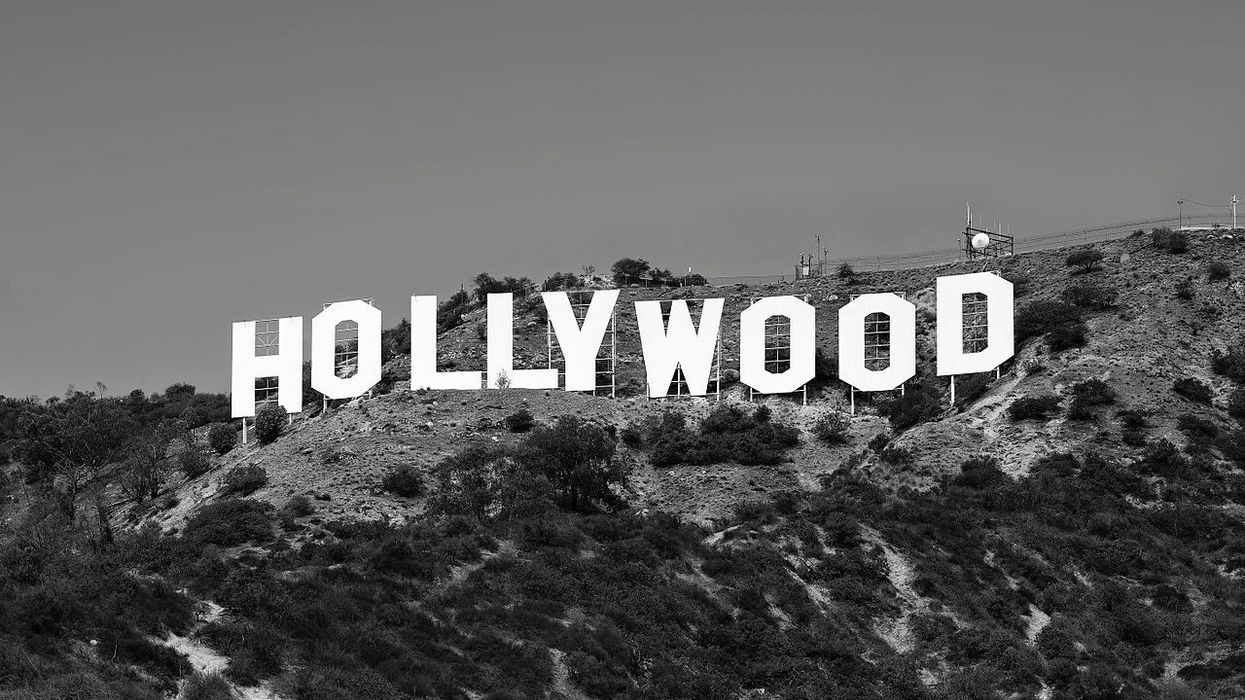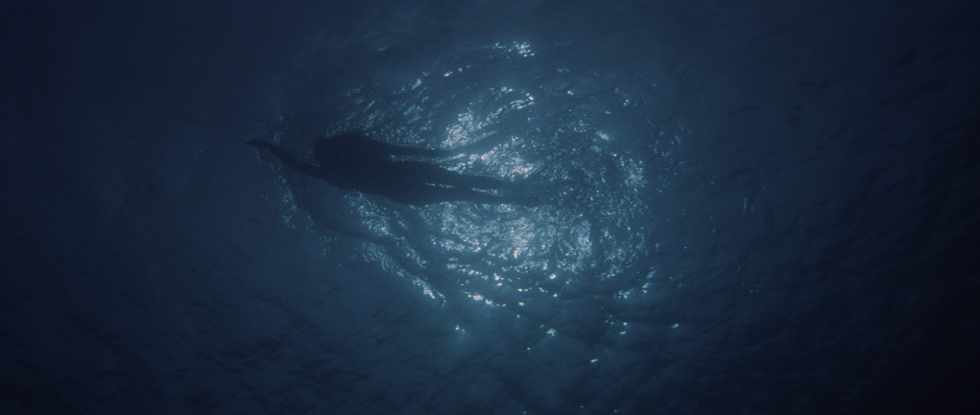Watch: How the 'Fall' of Hollywood Affected Indie Filmmaking
In Hollywood, truth is stranger than movies, and the decline of the old paradigm might end up being the best thing for indie filmmaking in decades.

As Jack Nugent of Now You See It puts it in his video essay, The Rise (and Fall?) of Hollywood, "To analyze movies, It's important to understand the context of the production of the movie." Behind the glitz and glamour of Hollywood, there is a secret history that affects every filmmaker, indie or otherwise, and since you can't know where you're headed unless you know where you're coming from, let's check it out, what say?
Until 1911, motion pictures were not made in California, but, of all places, Fort Lee, New Jersey (the term "cliffhanger" comes from movies like The Perils of Pauline series, shot on the Palisades). It's widely known that the industry's westward migration was a product of Hollywood's year-round good weather and proximity to diverse locations, but what's less talked about is how early, pioneering filmmakers were fleeing Thomas Edison, who, because of his patents, controlled every aspect of movie production (he also had a goon squad).
After the Supreme Court struck down Edison's monopoly, the new motion picture industry went through several eras and seismic changes. From roughly 1917 to the late 1940s, there was the age of the studio system, which consisted of its own monopolies and shady dealings, like decade-long contracts and control of distribution (this system was ended, ironically, by another Supreme Court decision.) After WWII, Hollywood went through more upheavals (like TV), and the sum of these changes have left us with the industry of today (there's even a new television, aka: VOD).
Nugent argues that "if you treat the movie industry like an actual business," which it frequently isn't, at least in the eyes of the public, "it's definitely one of the riskiest." The 1970s, with its maverick directors who had final cut, led to several financial disasters and, indirectly, to the current, risk-averse era of "tentpole pictures," when gun-shy studios only finance films they think will get people to travel to the multiplex, and a weekend decides the fate of a film. The upshot, though, is that this is great news for indie filmmakers.
After relating how he was able, for less than $600, to procure "a used DSLR, tripod, memory card, case, and editing software," Nugent ends his essay with an argument that the success of iPhone films like Tangerine demonstrate that any technology (including old-school formats like 16mm) are "making it easier to make feature-length movies—so pick up your iPhone, hit record, and say action."
So, what are you waiting for?
Source: Now You See It


 'The Amazing Spider-Man' (2012)
'The Amazing Spider-Man' (2012) 'Jaws' (1975)
'Jaws' (1975)









